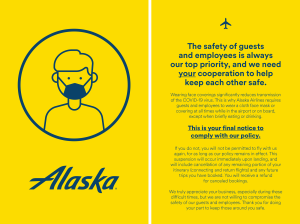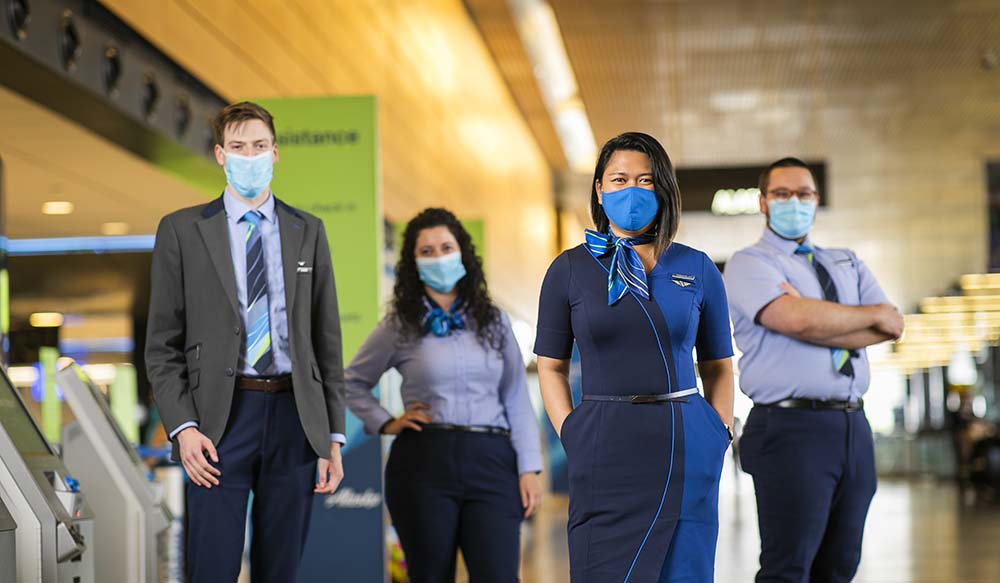From one anxious flyer to another: Here’s how to travel during a pandemic
Share

Let me start by saying, I am terrified of the Coronavirus.
Having a close family member with cancer and personally battling asthma puts me at “high-risk” for getting the virus. So when it came time to decide whether my fiance and I would go through with travel plans we made a year ago, it was a tough call.
We went for it.
Knowing we quarantined well & were symptom-free, we chose to fly Alaska Airlines round trip from Seattle to Boston. I want to share our journey because we love to travel and if people don’t start flying again, we could lose this incredible way to connect with the people & places we love most and the rich experiences that come with flying around the world.
Travel wasn’t as scary as I thought.
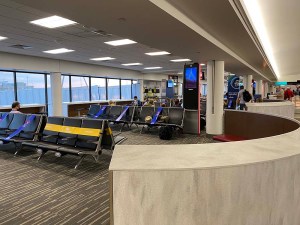
Even though I work for an airline, the fear of flying was real. But it was scarier in my head than in real life. I worried people wouldn’t keep their distance or wear masks. I was even concerned about touching bins through security and standing too close to people, but none of that happened. Most airports, TSA and airlines (plus fellow travelers) seemed to be taking serious precautions to ensure everyone’s safety.
It was next-level.
You can tell Alaska Airlines has put a lot of thought & care into every step of its guests and employees’ travel journey. From blocking middle seats to placing plexiglass and social distancing stickers at every touchpoint in the airport—the preparedness shows.
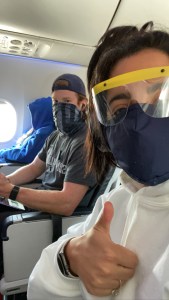
Planes have also never seemed so clean. I’ve always been the type-A traveler who brings wipes onboard to sanitize everything (this trip was no different) but I’ve never heard a flight crew announce to their guests when the aircraft was last cleaned, that was a nice touch.
Alaska also has an effective mandatory mask policy that not only encourages compliance, it empowers their flight attendants to hand out a yellow card to a guest who isn’t wearing a mask, which could put them on a no-fly list if they don’t comply.
It’s nice to know everyone is helping to keep everyone safe. Unless you are a child under the age of two you must wear a mask, bandana or neck gaiter (face shields alone don’t count)—whether we like it or not, they are proving to be effective. Plus, I ran a half marathon while wearing one so I believe in you!
Alaska has you covered.

Thankfully, if you lose or break your mask during your trip, Alaska has you covered & you can ask for one free of charge. They also offer EO sanitizing wipes with a relaxing natural lavender scent (unscented wipes are also available). And, if you have to use the bathroom, Alaska’s aircraft & lounges have the freshest smelling Antica Farmacista foaming soap, which is so much nicer than generic soap.
Alaska’s inflight entertainment also has new movies and old favorites you can stream (like all the Harry Potters), a free chat feature (so I could text my mom I was OK) and free Headspace listening sessions (which usually cost $$$) so I was feeling namaste the whole way instead of stressing out.
All in all, I felt safe and at ease.
Travel is different, but better.
Day-of travel is much like it used to be. You still get a boarding pass, walk through security and hop on a plane. That being said, the prep work leading up to your travel day and what you do when you get to your destination may be different.
Here’s what I mean:
Airports are judgment-free [fashion] zones.
As you can see, I wore the trendiest eyewear of 2020—I’m sure a pair of regular glasses or sunglasses would have sufficed—because I wanted to feel safe & secure (even if my ego felt the opposite). You can make the jetway your runway, too, by wearing things like a hooded sweatshirt, pants, high socks and closed-toe shoes—whatever helps cover up!
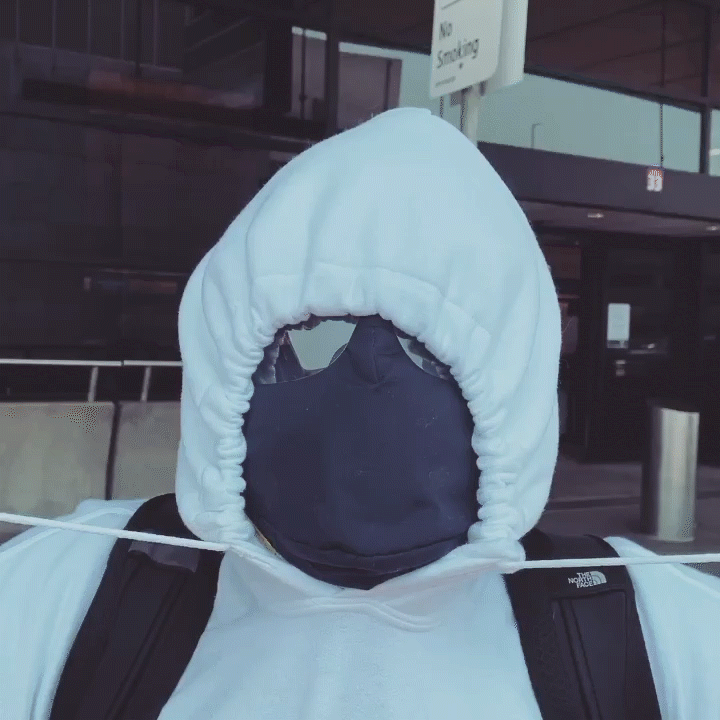
Never have I ever packed this.


I packed a 3-ounce bottle of disinfectant spray, knowing I would use it on almost anything I would touch that day, especially on my luggage before stepping foot into my in-law’s house. I’ve never sanitized my luggage before but I’m not taking any chances these days.
Packing multiple pairs of hospital-grade gloves was also a first for me. I know some don’t agree with using gloves as a precaution, but they came in handy (see what I did there?!) when I needed to wipe down high-touch areas like airport seating, drinking fountains and bathroom stalls, etc.
I’ve also never had to pack or wear a mask before for a travel experience. We were lucky enough to be gifted N-95 masks, which we wore under a fabric mask. I’ll be honest, it was difficult to breathe, but it made me feel safer. My advice? Try out different masks at home before your flight—there are so many, you just have to find which one is right for you. I firmly believe wearing a mask (of any kind) was the main reason we tested negative for COVID-19 when we returned from our trip.
Keep your mask & air clean.
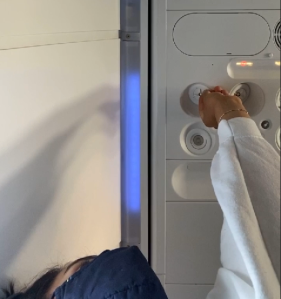
Before traveling, I researched how to properly take off & store your mask if you need to eat or drink, which is allowed. According to Duke University of Medicine, you should store your mask inside a bag to keep the inside from touching other surfaces or being exposed to the air. But don’t worry, Alaska’s planes have hospital-grade HEPA filters that clear 99.95% of germs in the air.
Wash up when you get there.
Although unnecessary, we disinfected our bag(s) at our final destination, took showers and washed the clothes we wore while traveling plus shoes before we unpacked. You gotta do what you gotta do to feel more confident about traveling.
Know before you go.

Download Alaska’s mobile app before you go. It’s easy to use and makes your trip almost entirely touch-free. With the app, you’re able to get your boarding pass right on your device, change seats and prepay for your bags. The app also keeps you up to date on your flight status, gate changes and boarding notifications. Soon, the app will also allow you to print your bag tags without needing to touch the kiosk. Learn more.
It’s also important to note some states have strict quarantine rules & travel restrictions in place due to COVID-19, so check out travel advisories before you go!
Have a great flight!
Leaving your house, let alone stepping foot onto an airplane right now might seem like a challenging task—but I’m here to remind you, it’s possible. If someone as high-risk as myself can do it and come back healthy, we all can. All it takes is doing things a little differently to enjoy the people, places and experiences that we get from travel.


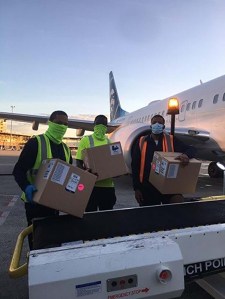
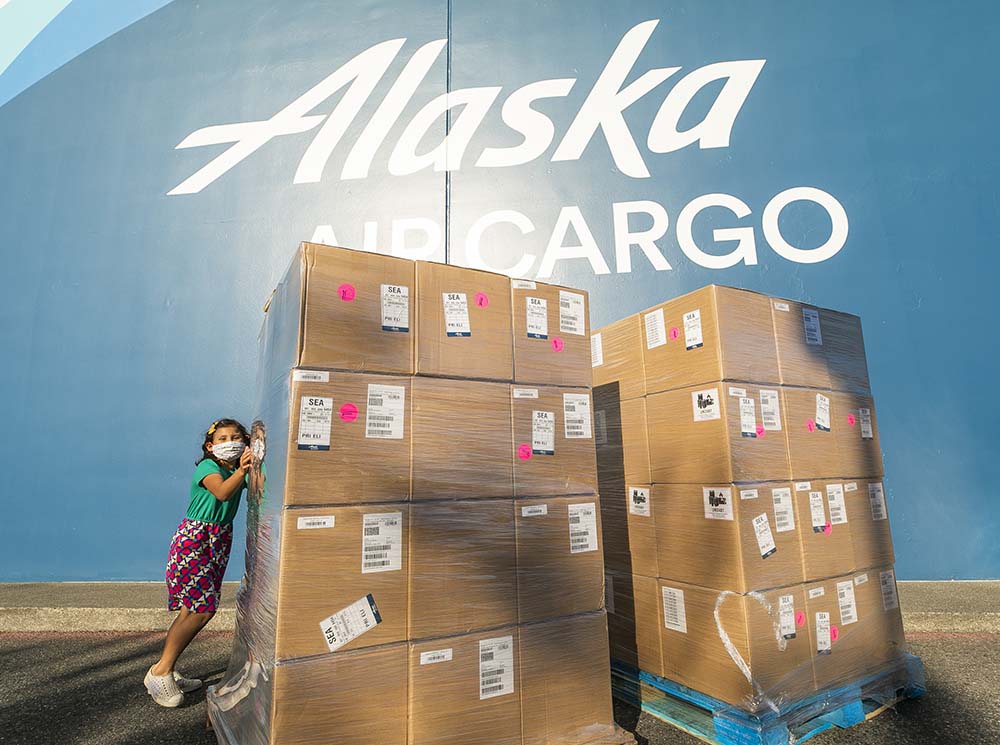
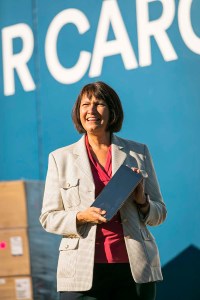











 Synopsis: A queer teenage boy takes his younger sister on an adventure wearing face paint and glitter on her tenth birthday. These colorful bandits move through their environments experiencing small joys while turning a blind eye to reality. It isn’t until their celebration is interrupted that the cost of their freedom is exposed.
Synopsis: A queer teenage boy takes his younger sister on an adventure wearing face paint and glitter on her tenth birthday. These colorful bandits move through their environments experiencing small joys while turning a blind eye to reality. It isn’t until their celebration is interrupted that the cost of their freedom is exposed. Synopsis: As ride-share drivers struggle to pronounce her name, a Native American woman gives history lessons from the backseat.
Synopsis: As ride-share drivers struggle to pronounce her name, a Native American woman gives history lessons from the backseat. Synopsis: As the Seminole Wars comes to an end, a pair of brothers contemplate their next journey as they look over their homeland for the very last time.
Synopsis: As the Seminole Wars comes to an end, a pair of brothers contemplate their next journey as they look over their homeland for the very last time.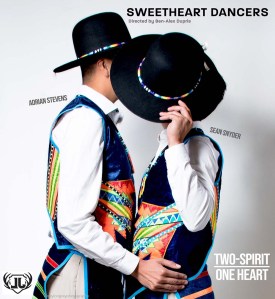 Synopsis: “Sweetheart Dancers” is about a Two-Spirit couple determined to rewrite the rules, through their participation in a Native American pow wow competition.
Synopsis: “Sweetheart Dancers” is about a Two-Spirit couple determined to rewrite the rules, through their participation in a Native American pow wow competition. Synopsis: Leena, a washed out nightclub singer grieving the death of her husband, visits a dive bar almost daily to relive the memory of how they first met. Meanwhile, Leena’s teenage daughter Simone struggles with the responsibility of having to take care of her neglectful mother, but finds solace in the close relationship she develops with Tasha, the bar owner who acts as her surrogate mother. Trapped in a world of grief over her husband and envy over the relationship between Simone and Tasha, Leena finally receives a special visit by someone she has been longing to see.
Synopsis: Leena, a washed out nightclub singer grieving the death of her husband, visits a dive bar almost daily to relive the memory of how they first met. Meanwhile, Leena’s teenage daughter Simone struggles with the responsibility of having to take care of her neglectful mother, but finds solace in the close relationship she develops with Tasha, the bar owner who acts as her surrogate mother. Trapped in a world of grief over her husband and envy over the relationship between Simone and Tasha, Leena finally receives a special visit by someone she has been longing to see. Synopsis: Jake Shimabukuro: Life on Four Strings is a compelling portrait of an inspiring and inventive musician whose virtuoso skills on the ukulele have transformed all previous notions of the instrument’s potential.
Synopsis: Jake Shimabukuro: Life on Four Strings is a compelling portrait of an inspiring and inventive musician whose virtuoso skills on the ukulele have transformed all previous notions of the instrument’s potential. Synopsis: A colorful glimpse into John Van Hamersveld’s seminal art career, viewed through the eyes of many artists and innovators he has influenced.
Synopsis: A colorful glimpse into John Van Hamersveld’s seminal art career, viewed through the eyes of many artists and innovators he has influenced.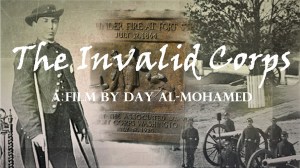 Synopsis: Everyone thinks they know the story of the Civil War – Four years of America’s bloodiest history. Over 600,000 men killed and more than 40,000 men with amputated limbs and even more with other injuries and illnesses. What no one ever asked is “What happened to those disabled men afterwards?”
Synopsis: Everyone thinks they know the story of the Civil War – Four years of America’s bloodiest history. Over 600,000 men killed and more than 40,000 men with amputated limbs and even more with other injuries and illnesses. What no one ever asked is “What happened to those disabled men afterwards?”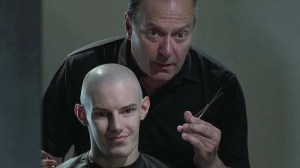 Synopsis: Just before closing time, a completely bald man walks into a barber shop. Reflections in the window and an irritating fringe have told him that it’s time for a haircut.
Synopsis: Just before closing time, a completely bald man walks into a barber shop. Reflections in the window and an irritating fringe have told him that it’s time for a haircut.







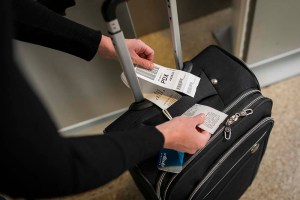
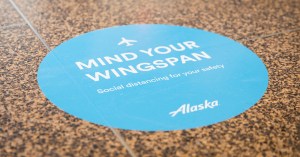
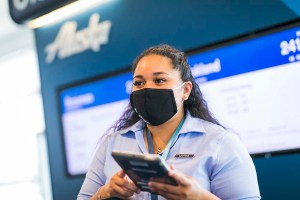 Our gate agents are able to scan guests’ boarding passes using a mobile tablet or scanner while boarding. To help create more distance between guests, we’re providing our agents with the ability to scan a boarding pass from six feet away—if the conditions are just right. To scan from that far away, the boarding area will need to have good lighting and the barcodes need to be printed clearly. While we can’t achieve this laser-focus every time, our agents are working hard to “mind their wingspan” and taking every measure to keep our guests safe.
Our gate agents are able to scan guests’ boarding passes using a mobile tablet or scanner while boarding. To help create more distance between guests, we’re providing our agents with the ability to scan a boarding pass from six feet away—if the conditions are just right. To scan from that far away, the boarding area will need to have good lighting and the barcodes need to be printed clearly. While we can’t achieve this laser-focus every time, our agents are working hard to “mind their wingspan” and taking every measure to keep our guests safe.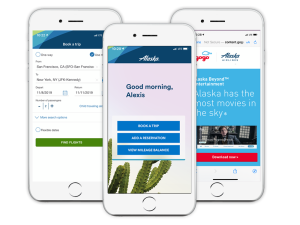



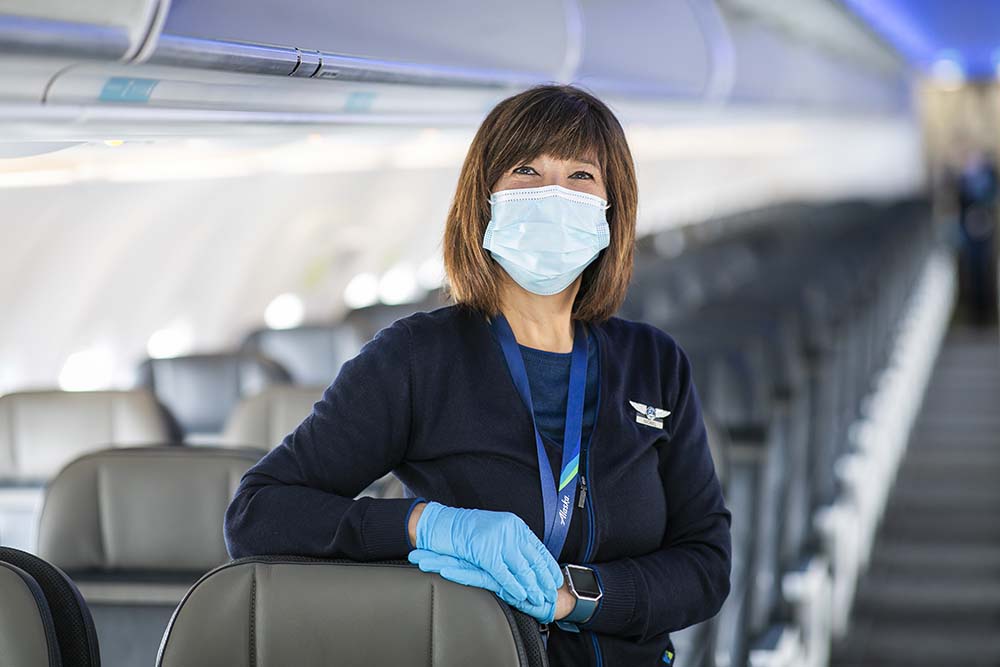


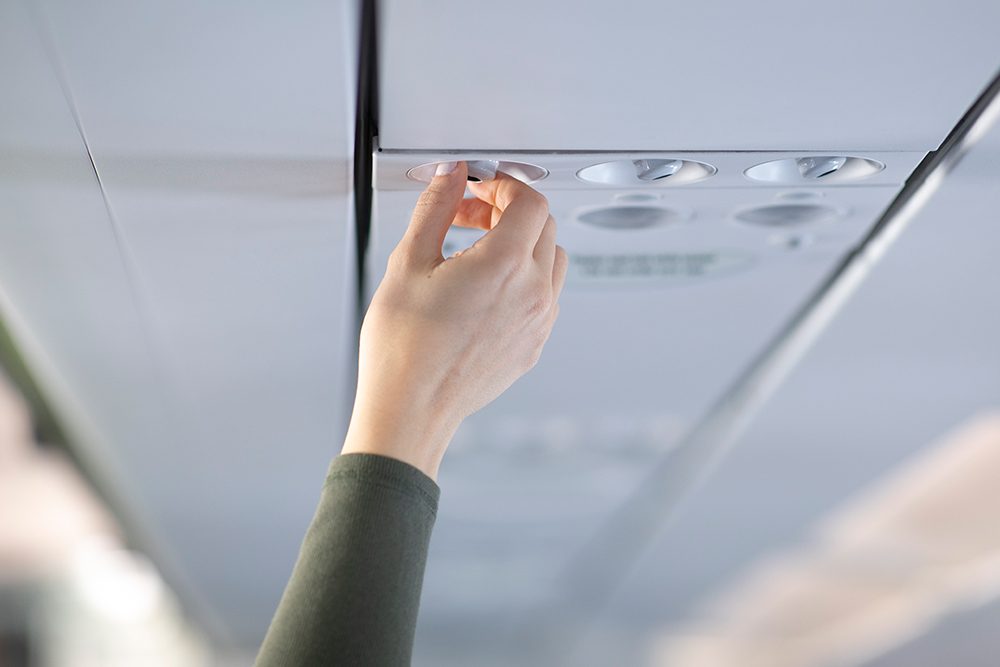
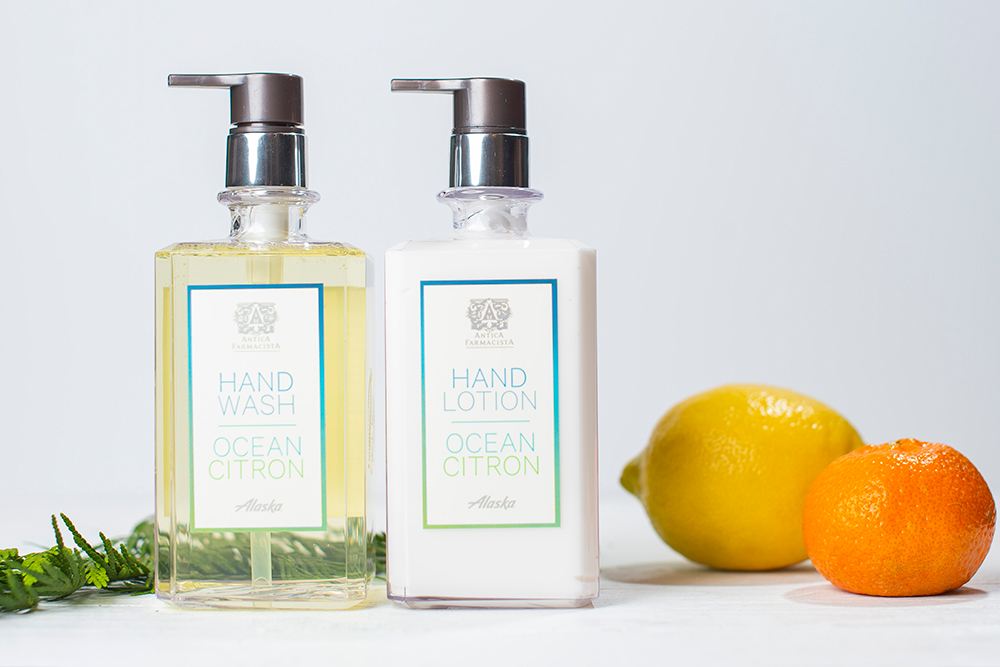

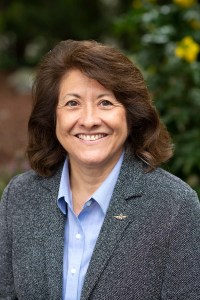




 Before buying a ton of different masks to find your BFF, we recommend taking measurements of your facial structure at home to figure out your exact mask size. Here’s one way to do it:
Before buying a ton of different masks to find your BFF, we recommend taking measurements of your facial structure at home to figure out your exact mask size. Here’s one way to do it:
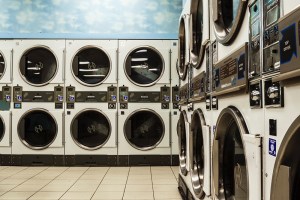 After use, it’s recommended to give your mask a good wash to clean the dirt and oil from your skin that gets trapped in your mask, which can lead to breakouts (nobody wants mask-ne). We’ve heard the best choice of cloth that can be washed multiple times is anything 100% cotton. It is effective, yet gentle on the skin. And you can also add your favorite spritz of perfume/cologne or essential oil to give it a nice lasting fragrance. Directions:
After use, it’s recommended to give your mask a good wash to clean the dirt and oil from your skin that gets trapped in your mask, which can lead to breakouts (nobody wants mask-ne). We’ve heard the best choice of cloth that can be washed multiple times is anything 100% cotton. It is effective, yet gentle on the skin. And you can also add your favorite spritz of perfume/cologne or essential oil to give it a nice lasting fragrance. Directions: 